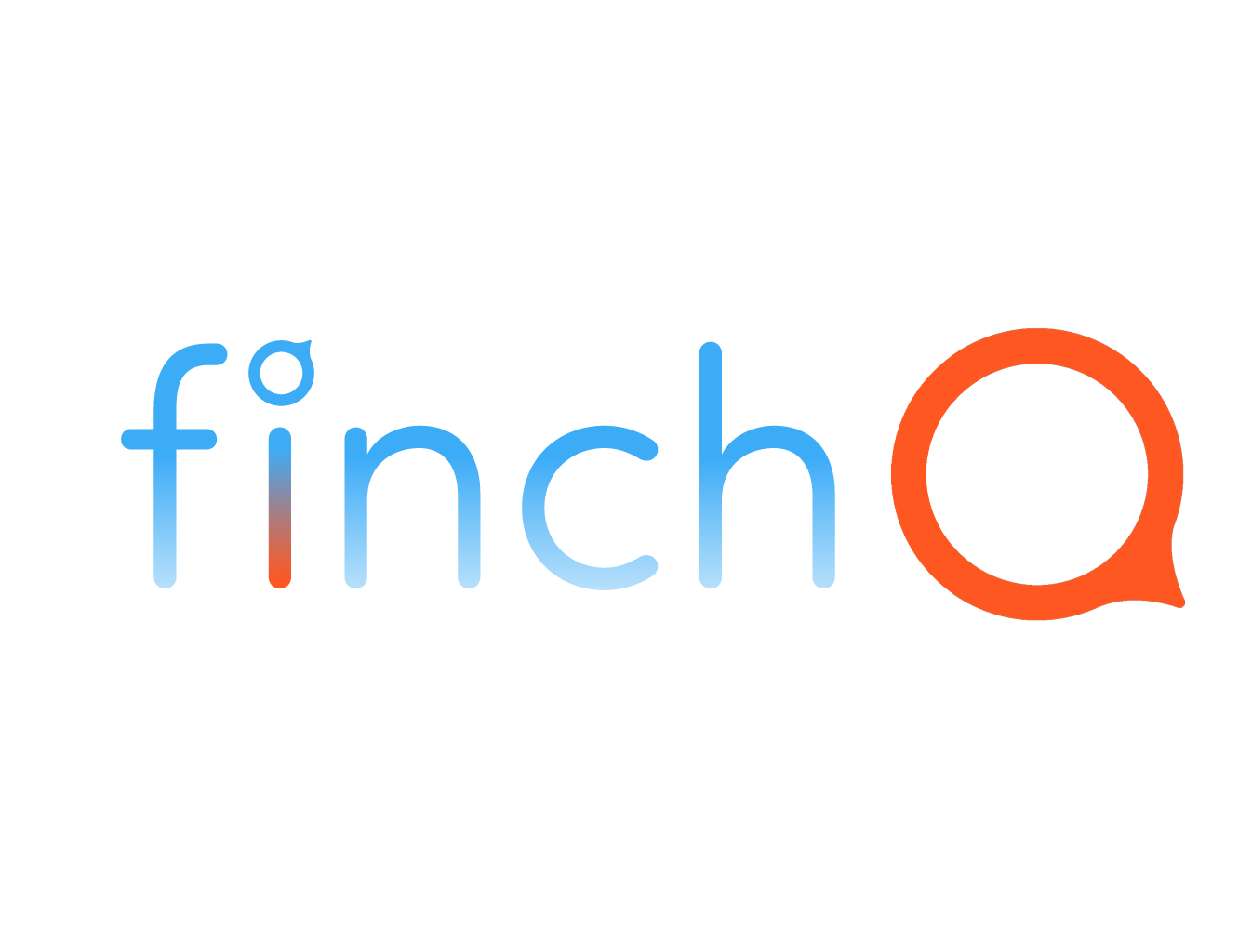The Costs of a Stroke
Strokes are a significant health concern worldwide, with devastating physical, emotional, and financial impacts. Understanding the cost of strokes, including the benefits of early intervention versus delayed intervention, can highlight the importance of prompt medical care and effective prevention strategies.
The financial burden of strokes is immense. According to the American Heart Association, the direct medical costs for stroke care in the United States are approximately $34 billion annually. This includes the cost of healthcare services, medications, and lost productivity.
Strokes often require immediate medical attention, resulting in emergency room visits and hospital stays. The average cost of acute care hospitalization for a stroke patient can range from $20,000 to $30,000, depending on the severity and type of stroke.
Many stroke patients require surgery, such as thrombectomy or carotid endarterectomy, followed by extensive rehabilitation, including physical, occupational, and speech therapy. The costs of these treatments add significantly to the overall expenses.
Strokes can lead to long-term disabilities, necessitating prolonged care and support. Long-term care expenses, including nursing home care and home health aides, can be substantial. The average annual cost of a private room in a nursing home exceeds $100,000, highlighting the significant financial burden on stroke survivors and their families.
Prompt medical treatment for stroke can dramatically reduce the long-term impact and associated costs. Early intervention typically includes the administration of clot-busting drugs like tPA (tissue plasminogen activator) or surgical procedures to remove clots. Early treatment can significantly improve outcomes, reducing the extent of brain damage and enhancing recovery prospects. Patients treated within the first few hours of symptom onset are more likely to regain full function and have fewer disabilities.
Early intervention can also lead to cost savings by reducing the need for long-term care and rehabilitation. According to a study published in the journal *Stroke*, timely administration of tPA can save approximately $4,000 per patient in medical costs.
Delayed treatment, on the other hand, can result in more severe brain damage, leading to prolonged hospitalization, increased rehabilitation needs, and higher long-term care costs: Patients who do not receive immediate treatment are more likely to suffer significant disabilities, impacting their quality of life and ability to perform daily activities independently. The need for extensive rehabilitation and long-term care increases substantially with delayed intervention. The financial burden on healthcare systems and families is significantly higher, with an increased likelihood of repeated hospitalizations and complications.
Strokes can cause a wide range of physical disabilities, including paralysis, muscle weakness, and difficulties with speech and swallowing. These disabilities often require long-term rehabilitation and support.
Many stroke survivors experience hemiplegia or hemiparesis, leading to partial or complete paralysis on one side of the body. This requires ongoing physical therapy and adaptive equipment to manage daily activities.
Aphasia and dysphagia are common after a stroke, necessitating speech therapy and specialized care to ensure safe swallowing and communication.
The emotional and psychological impact of a stroke can be profound, affecting both survivors and their families.
Many stroke survivors experience depression and anxiety due to changes in their physical abilities and independence. This requires ongoing mental health support and treatment.
Family members and caregivers often face significant stress and emotional strain while providing care and support to stroke survivors. This can impact their health and well-being.
Strokes significantly increase mortality rates, particularly when treatment is delayed. The American Stroke Association reports that strokes are the fifth leading cause of death in the United States. Timely medical intervention can reduce mortality rates, but delayed treatment often results in higher death rates and reduced life expectancy.
Complications from strokes, such as infections, recurrent strokes, and cardiovascular issues, can shorten lifespan and increase mortality risk.
Survivors of an initial stroke are at higher risk of subsequent strokes, which can further reduce life expectancy and increase healthcare costs.
Preventing strokes is crucial to reducing their incidence and associated costs. Effective prevention strategies include lifestyle modifications, medical management, and regular health screenings.
Adopting a healthy diet, engaging in regular physical activity, quitting smoking, and limiting alcohol consumption can significantly reduce stroke risk.
Managing chronic conditions such as hypertension, diabetes, and high cholesterol is essential for stroke prevention. Regular medication adherence and monitoring can help control these risk factors.
Regular health check-ups and screenings for conditions like atrial fibrillation and carotid artery disease can help identify and manage stroke risk factors early.
The cost of strokes encompasses direct medical expenses, long-term care costs, and the profound impact on quality of life and lifespan. Early intervention can significantly improve outcomes and reduce costs, highlighting the importance of prompt medical care. By focusing on prevention and timely treatment, we can mitigate the financial and emotional burden of strokes, improving health outcomes for individuals and communities.
References
1. [American Heart Association](https://www.heart.org/en/health-topics/stroke)
2. [Centers for Disease Control and Prevention (CDC)](https://www.cdc.gov/stroke/facts.htm)
3. [Journal of the American Heart Association](https://www.ahajournals.org/journal/stroke)
